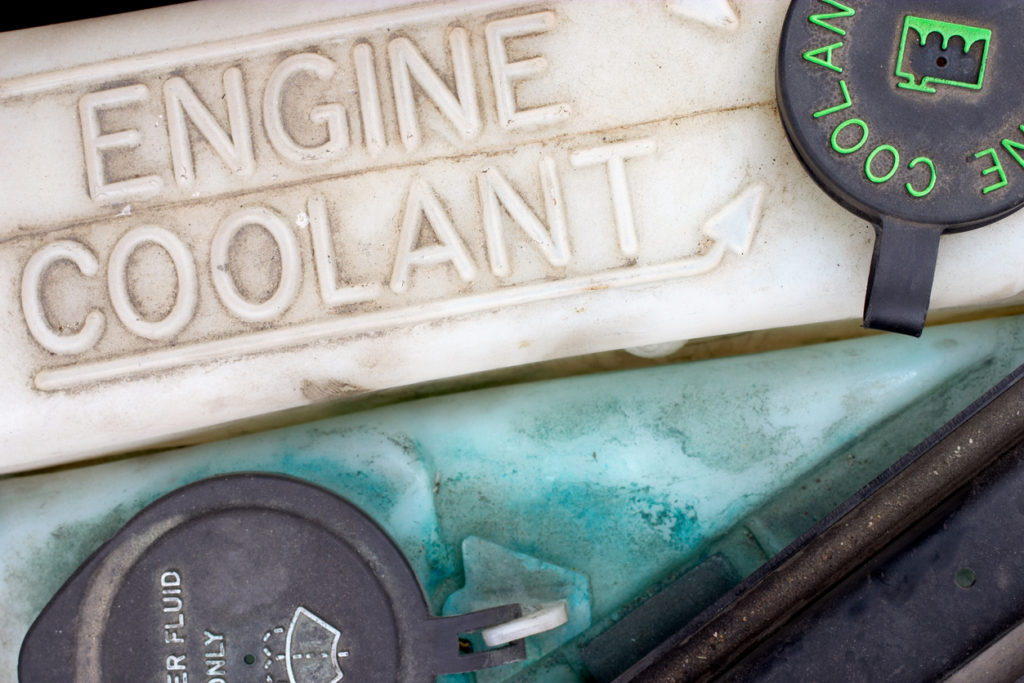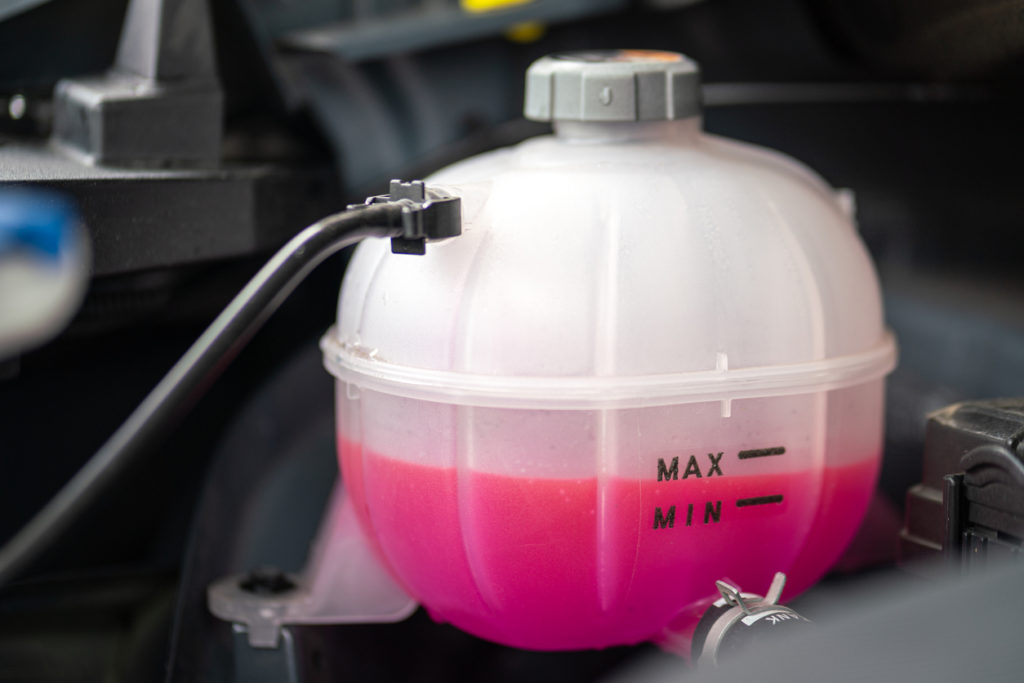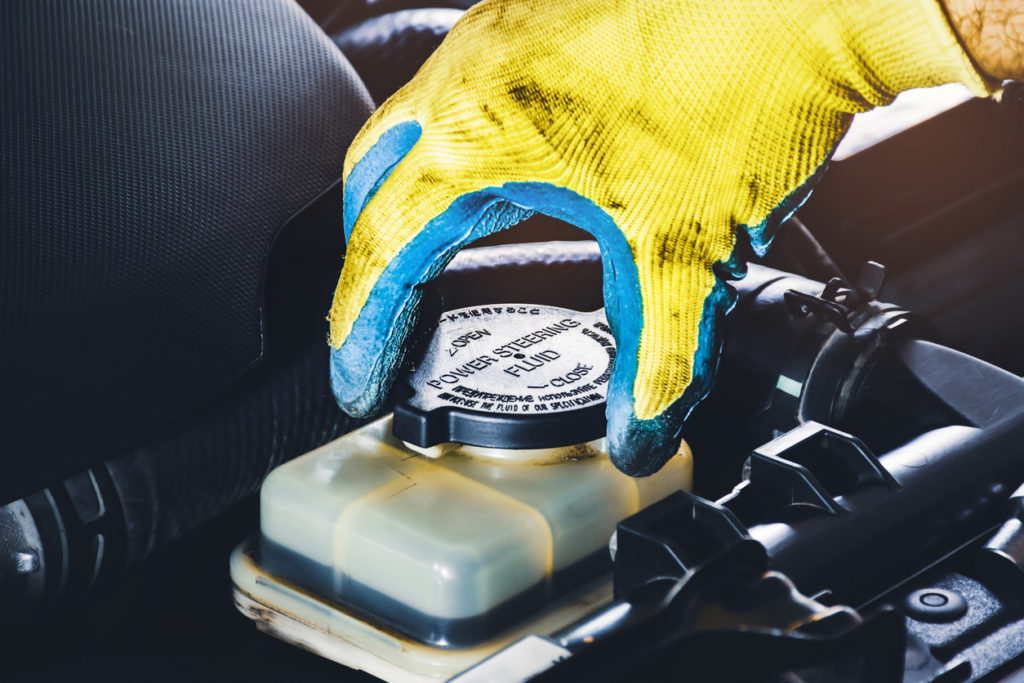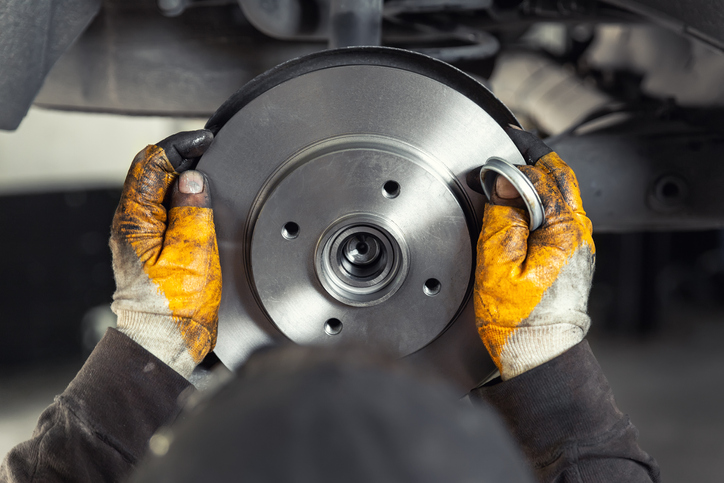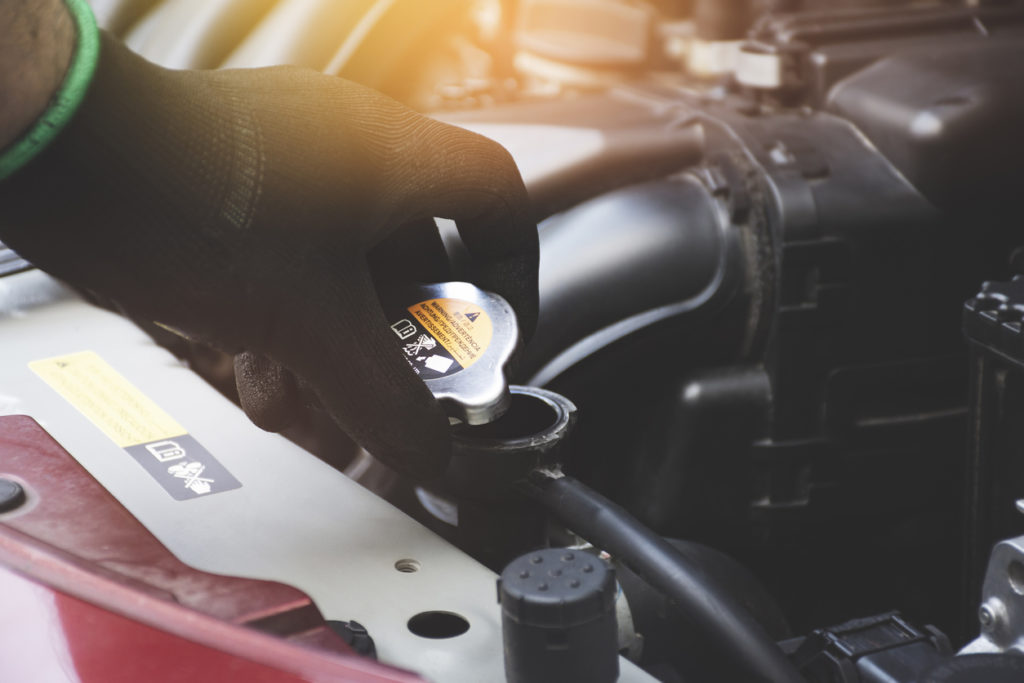There’s a lot of confusion about mixing different coolant products, specifically if it’s safe and recommended for optimal engine performance. There are also a number of potential risks, and the damage that can occur to your car if you get it wrong can be considerable.
If you need to top up your car’s coolant/antifreeze tank, before you do anything be sure to read our guide on the dos and don’ts of mixing different types of coolant/antifreeze.
Use the links below to get the advice you need or read on for the full guide.
Quick links
Blog Sign Up
"*" indicates required fields
What Are the Different Types of Coolant for Your Car?
Historically coolant/antifreeze came in either red or blue – these colours told us about the specific formula and ingredients of each product, but this is no longer the case.
Today coolants come in a range of colours from green to orange to pink. But unlike the original red and blue variants, the colour you choose might not be the right one for your vehicle. This can make things a little trickier when it comes to choosing different brands of coolant/antifreeze and mixing them in your cooling system.
Generally coolants are divided into two separate camps: organic acid technology coolants (OAT) and inorganic additive technology (IAT) coolants. There are also ‘hybrid’ coolants that use a blend of OAT and IAT compounds.
Newer more advanced and premium coolant/antifreeze like Prestone are based solely on the OAT chemical make-up. Products like these offer advanced corrosion and heat protection, not to mention an incredible longevity of up to 300,000 miles.
To learn more about the different types of coolant, read our guide to different coolant/antifreeze colours.
Can You Mix Different Coolants?
First, what’s important to know is that many IAT and OAT coolants do not mix. In fact if they’re added into a cooling system together the results can be catastrophic, creating a gelatinous substance that blocks the system and causes widespread damage to internal components.
The fact that drivers can no longer distinguish different types of coolant by colour is a problem. For instance if you buy a used car, it’s incredibly difficult to tell what type of coolant is in the system unless you drain and flush the system, and whether or not it’s safe to top up the reservoir with a fluid of the same colour.
Given the very real danger of adding the wrong type of coolant to the reservoir, it isn’t worth taking the risk unless you’re absolutely sure. So what do you do if you need to top up your car’s cooling system?
Well, you could it take to a mechanic who will be able to work out which type of coolant is currently in the engine. But by far the simplest and easiest thing to do is to use Prestone High-Performance Coolant/Antifreeze.
Thanks to our patented formula, Prestone is safe to mix with all coolants in all engines so there’s no need to worry about what colour is already in the system or spend time talking with a mechanic. Prestone is guaranteed to be compatible with any existing coolant in the cooling system, and offers long-lasting protection against wear, corrosion and extreme temperatures.
Mixing and Using Coolant/Antifreeze: Dos and Don’ts to Remember
We’ve set out all the key do’s and don’ts you should remember when using and mixing different coolant products, so you can avoid problems and make sure your car is always 100% protected.
Let’s get into it.
Dos
- .. always refer to your car’s owner’s manual before topping up the cooling system. It’s important to use the right type of coolant for your engine to ensure optimal protection and longevity.
- Do… check your car’s coolant/antifreeze level as often as you check the oil. The fluid level should be at the ‘max’ marker at all times, so be prepared to top it up whenever necessary.
- Do… flush your car’s cooling system in line with the change interval of your chosen coolant/antifreeze product. Rather than just topping up your car, it’s important to remove old coolant from the system to keep internal components in the best possible condition.
Don’ts
- Don’t… base buying new coolant/antifreeze on the colour of your existing fluid. As we outlined above coolants are no longer classified by colour, so you have no way of knowing whether it’s the right product for your needs.
- Don’t… ever mix OAT and IAT coolants if you’re not 100% sure that they’re compatible. The results can be horrendous, with the potential for significant damage and an eye-watering repair bill.
- Don’t… be put off changing and topping up your car’s coolant/antifreeze through fear of mixing together incompatible coolants. If in any doubt, reach for Prestone for guaranteed compatibility and excellent long-term results for your car’s engine.
So there you have it, our guide to the dos and don’ts of mixing different types of coolant/antifreeze. We hope this guide helps you to check and top up your car’s cooling system the right way. Looking for more help and advice? Head to the Prestone blog. Want to learn more about Prestone’s range of innovations and solutions? Take a look at our product range.

